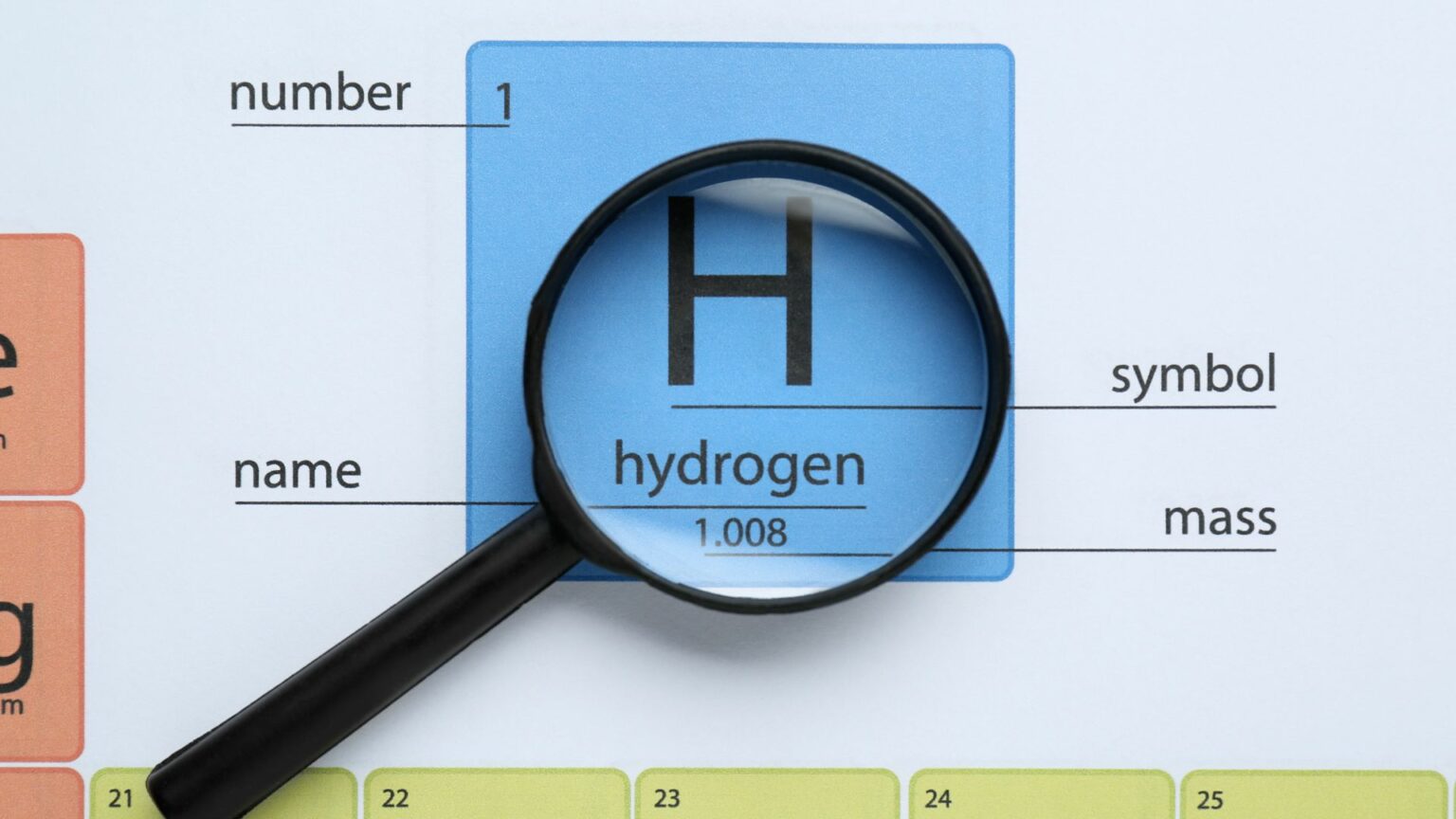Washington state is poised to lead the charge towards a greener, more sustainable future with the adoption of green electrolytic hydrogen and renewable fuels.
A recent report from the Washington Department of Commerce highlights the pivotal role of these technologies in the state’s ambitious endeavor to eradicate fossil fuels from its energy landscape. Let’s delve into the goals, technology, potential impact, and challenges surrounding this groundbreaking initiative.
The primary goal outlined in the report is to expedite the production and utilization of green hydrogen and renewable fuels across Washington. With an emphasis on swift action, the state aims to leverage its renewable energy potential to establish a robust green hydrogen economy. By prioritizing strategic deployment and addressing environmental justice and workforce considerations, Washington seeks to foster an inclusive and equitable transition to clean energy solutions.
Green electrolytic hydrogen, produced through the process of electrolysis using renewable energy sources, lies at the heart of Washington’s clean energy strategy. This innovative technology offers a sustainable alternative to fossil-derived hydrogen, paving the way for a carbon-neutral future. The report underscores the importance of investing in new renewable energy infrastructure and transmission capacity to support the widespread adoption of green hydrogen and related renewable fuels.
Governor Jay Inslee emphasizes the transformative potential of green hydrogen in Washington’s decarbonization efforts, particularly in hard-to-abate sectors such as industry and heavy transportation. By harnessing significant amounts of clean electricity, the state aims to drive substantial reductions in greenhouse gas emissions while fostering economic growth and environmental justice.





